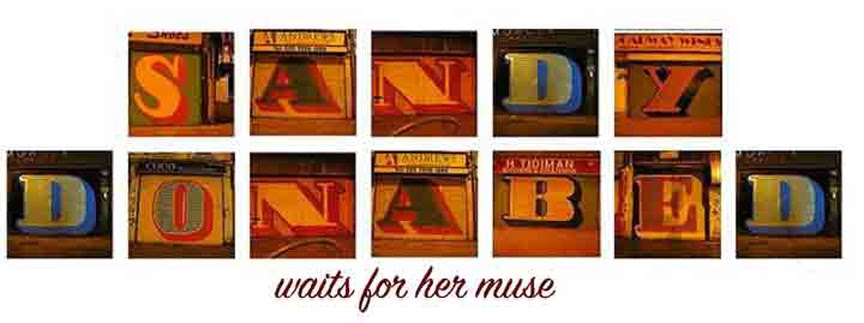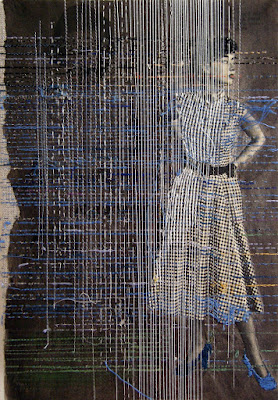You can’t keep trouble from coming,
but you don’t have to give it a chair to sit on.
(Vermont Saying)
Squirrel Pore Check
Back to bed waiting for that lazy Muse again, this time she merely said 'French Curve!' and slid away. Haven't used the darn things for 100 years and couldn't find it, but here's what it is~
A French curve is a template made of metal, wood or plastic composed of many different curves. It is used in manual drafting to draw smooth curves of varying radii. There are multiple variations and sizes available but are generally used in sewing to even out curves when drawing patterns.

The shapes are segments of the Euler spiral (from Wikipedia: An Euler spiral is a curve whose curvature changes linearly with its curve length the curvature of a circular curve is equal to the reciprocal of the radius. Euler spirals are also commonly referred to as spiros, clothoids, or Cornu spirals.or clothoid curve.) Don't worry too much about this.
The curve is placed on the drawing material, and a pencil, knife or other implement is traced around its curves to produce the desired result. As modern computer-aided design (CAD) systems use vector-based graphics to achieve a precise radius, mechanical templates (and most mechanical drawing techniques) have become obsolete. Digital computers can also be used to generate a set of coordinates that accurately describe an arbitrary curve, and the points can be connected with line segments to approximate the curve with a high degree of accuracy. Some computer-graphics systems make use of Bézier curves, which allow a curve to be bent in real time on a display screen to follow a set of coordinates, much in the way a French curve would be placed on a set of three or four points on paper.
TMI? OK, So I didn't have mine available so this is what I did- used my quilting and embroidery hoops! And I have more but they are ovals and squares- these will do for now.
As you can see, the black and white striped fabric strips are representing air movement and air doesn't travel with angled edges so I needed to smooth out the drawings like this:
The 2 on the left are straightened, the long one on the right needs some work. Since it's just pinned at this point it's easy to do by matching the parts of the French curve (or the hoops) to the edge and repining to remove the dips and angles. As soon as an area was pinned to my satisfaction I basted along the smooth wind lines and will machine stitch them down next.
WTF you say? Well probably you know what a hideous quilter I am, especially on large pieces I can't maneuver in my machine. And if you've been reading this for long you know I am lusting after the $12,000 Bernina that will quilt for me- but that isn't happening. So the machine lines I use to hold down the wind here will actually be my nice curvy wind lines and I am arranging them to not cross and to pretty much cover the piece without leaving too much space unstitched. To be continued as the drama unfolds. Requests that the Muse stay away until I get the curves basted and don't have to rethink for awhile.
OK, a bit heavy handed but you get it, right?
And we all need a break after that- Here's today's ARTY PARTY for you:
This is what happens when vintage photographs meet stitchery into collage!
Guess I should have ended with this one, but you can do that in your imagination!
|











No comments :
Post a Comment